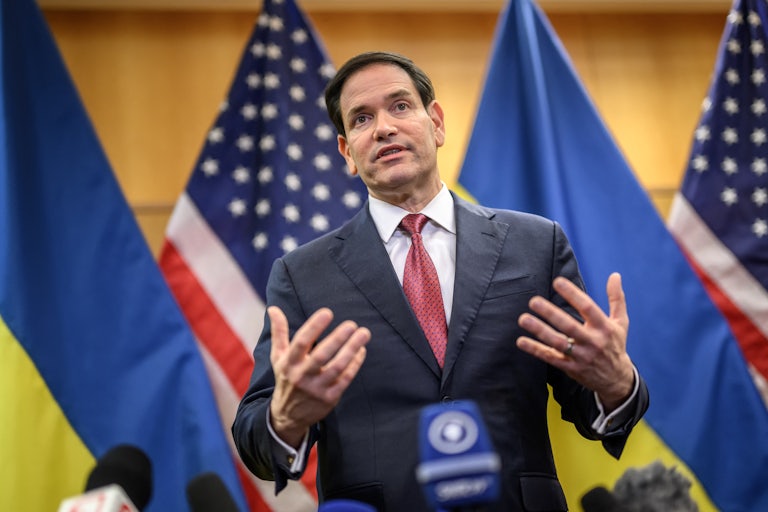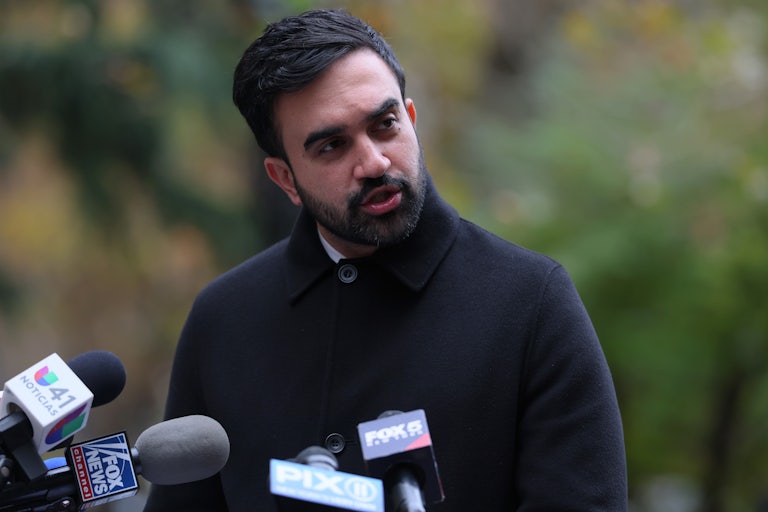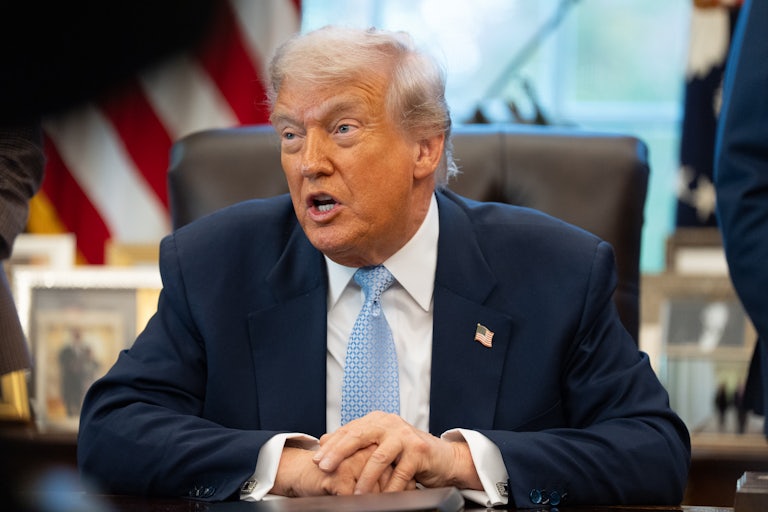Marco Rubio Knew Terrifying Truth of Trump’s Ukraine Peace Plan
The pro-Russia nature of the proposed peace plan had raised a lot of questions about who exactly wrote it.

Secretary of State Marco Rubio reportedly revealed that President Donald Trump’s disastrous 28-point peace plan for Ukraine is really just Russia’s “wish list”—and not a U.S. plan at all. It suddenly makes so much more sense why the plan appeared to be translated from Russian!
Last week, reports began to emerge of a sprawling peace plan that would require Ukraine to give up Donbas—an industrial region in the east sought by Russia—reduce the size of its armed forces, and agree not to use certain weapons, making it significantly harder for Ukraine to defend itself from Russian military incursion. Those concessions caused shock waves through Europe and Ukraine, as Trump demanded Kyiv respond by Thanksgiving.
Original reports claimed that the plan was drafted as the result of a meeting between Trump’s special envoy Steve Witkoff and Russian envoy Kirill Dmitriev—but now, Secretary of State Marco Rubio is telling lawmakers that the United States had nothing to do with it at all.
Speaking Saturday, independent Maine Senator Angus King said that Rubio had clarified the plan was “not the administration’s position, it is essentially the wish list of the Russians that is now being presented to the Europeans and to the Ukrainians.”
Republican South Dakota Senator Mike Rounds said at the same press conference that Rubio had clearly distanced the U.S. from the proposal. “It is not our recommendation, it is not our peace plan. It is a proposal that was received. And as an intermediary, we have made arrangements to share it,” Rounds said.
Two European diplomats told Axios that when they pressed the Trump administration for clarification, they were specifically told it was not a “Trump plan.”
The implication of Rubio’s latest revelation seems to be that after months of negotiations, the United States is simply a mouthpiece for Russia’s unchanging desire for more territory and control.
But some are calling B.S. on the backtracking—including those at the State Department.
“This is blatantly false,” State Department spokesperson Tommy Pigott wrote on X Saturday. “As Secretary Rubio and the entire Administration has consistently maintained, this plan was authored by the United States, with input from both the Russians and Ukrainians.”
Rubio also pushed back on the claims from lawmakers about their discussion with him. “The peace proposal was authored by the U.S. It is offered as a strong framework for ongoing negotiations,” he wrote on X Saturday. “It is based on input from the Russian side. But it is also based on previous and ongoing input from Ukraine.”
In a statement Sunday, King clarified that it “has now been established” that the plan was “endorsed” by the Trump administration but maintained that it still “favored the interests of Russia.”
Last week, Witkoff and Trump’s son-in-law Jared Kushner reportedly read the plan line by line to Ukrainian President Volodymyr Zelenskiy. But now, U.S. officials have started to refer to the plan as merely a “framework.”
This story has been updated.








